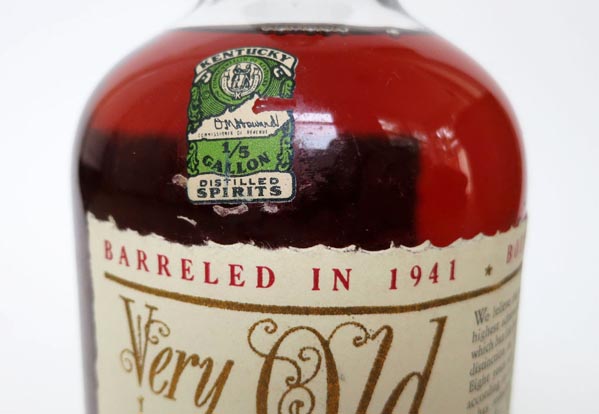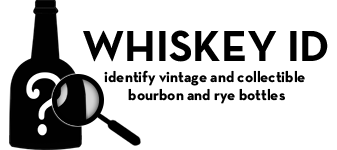
There are several reasons people seek out old bottles of whiskey.
First, production methods have changed over the decades. Bourbon and rye used to be distilled to a lower proof and entered the barrel at a lower proof. Many think these lower proofs resulted in more flavors entering the whiskey with less aging time. In 1962 the maximum barrel entry proof (the strength of the new make when it was first barreled) was raised from 110 to 125. Many companies have switched over from cultivating their own yeast strains (“jug yeast”) to purchasing packaged dried yeast from suppliers for consistency, but this has been at the cost of removing some of the character out of some brands.
Water sources have changed. Most distilleries that used to use well water have now switched over to municipal water sources, or heavily filter their water supplies, so the flavors from the natural ground water don’t come through to the whiskey.
Until 1984, there were government employees whose job it was to check the barrels for shortages (a.k.a. theft). They would empty random barrels and measure the volume of whiskey inside, which had the effect of jostling the whiskey in not just the measured barrels, but adjacent barrels also. This caused more complex interaction with the wood and char than occurs at most rack houses today.
Some people think the changes in the oak play a part in the differences in taste. Back in the mid-century, there was much more old growth oak to be harvested for barrel staves. Nowadays younger trees with smaller pores are harvested, which could cause some differences in the way the whiskey moves in and out of the wood collecting esters.
Some brands simply no longer exist, and some distilleries have now closed; people want to try whiskeys with the profiles of those distilleries. Stitzel-Weller and Old Taylor’s “Castle” distilleries are good examples of this.
In the late 1970s-early 1980s America’s interest in brown spirits waned in favor of clear liquors like vodka and rum. Suddenly, producers weren’t selling whiskey as quickly and were stuck with large quantities. Much of it remained in the barrels longer than usual, sometimes many years longer. This period is known as the “glut” era, and many people consider these whiskeys to be remarkable as they can be aged many years longer than denoted by the label.
And finally, it’s just fun to stumble upon some dusty whiskey bottles, open them up, and taste a time capsule from another era. Whiskey doesn’t change in the bottle if stored properly (at least not according to most opinions), and therefore can taste exactly the same as the day it was bottled 20-50 years ago.
